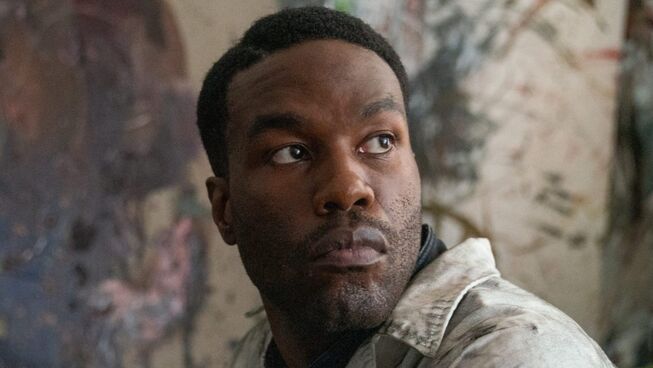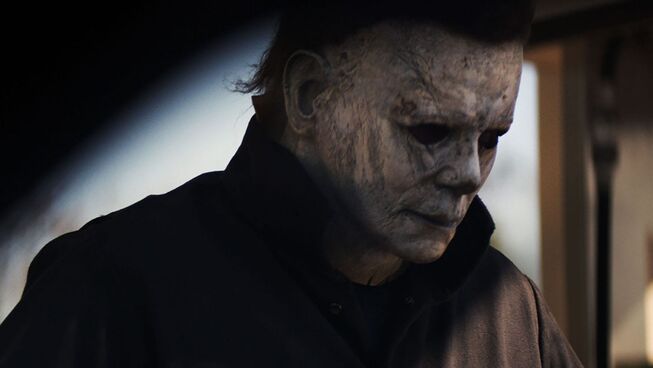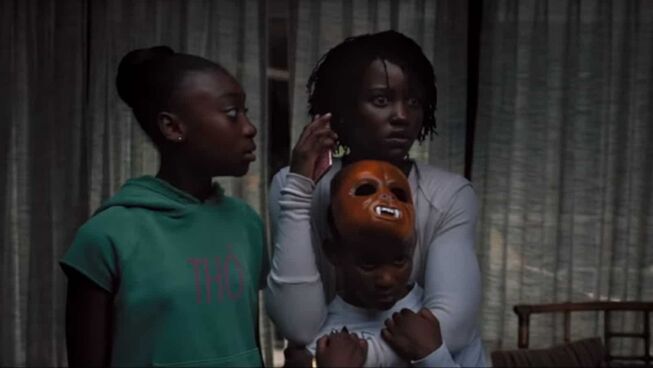
3.5 out 5 stars
For fans of acclaimed film-maker Jordan Peele (Get Out, Us), we are given a re-imagining of Candyman. With this outing, he lends his producing and writing skills to a direct sequel of the original 1992 film of the same name. The original movie was inspired by a short story from horror writer Clive Barker. It managed to have moderate success and spawned two further sequels, which are probably best forgotten. In the same vein as the recent Halloween franchise, this alliteration of Candyman ignores the events of the previous sequels. This version begins after the conclusion of the first film that finished 30 years ago. For anyone not familiar with the original chapter, there is a recap that sums up the events. They will get you up to speed with the events that occurred at the housing estate of Cabrini Green in Chicago and the urban myth of the Candyman.
We are taken back to 1991 and re-introduced to the run-down neighbourhood of Cabrini Green that is inhabited by residents of a lower socio-economic background. The police are on the lookout for someone who has been terrorising the borough and could be responsible for a series of unexplained deaths. When the officers respond to a cry for help and discover someone who seems to match the description of their suspect, they mercilessly beat him to death. Then things move ahead three decades. The neighbourhood has been redeveloped with brand new apartments attracting young millennials as its new residents.
This is when a young artist named Anthony (Yahya Abdul-Mateen II) is introduced into the story. He is looking for inspiration for his next visual art project when he learns about the history of the tragic events that occurred on the streets of Cabrini Green. Part of the mythology states that if you look in a mirror and say his name five times, his spirit will appear and strike you down. With this information at his disposal, the young artist creates a new artwork involving a mirror that goes on display in a local art gallery. His work contains a message explaining the tragic and horrific legend and inviting the viewer to summon the villainous form from the past. Before long, many people who take him up on this challenge fall prey to the mythical, murderous figure. Anthony realises he must do everything within his power to stop what he has started. During his attempts to handle this horrific situation, he discovers the truth about the folklore that leads to a shocking discovery.
With Peele at the writing desk, this supernatural horror film ticks all the boxes. They manage to build on the historical elements of the Candyman and modernise things without losing the classic elements of the genre. The production team maintains the suspenseful and scary moments while including the bloody gore usually included in every scene involving victims. One of the brilliant additions to this retelling is the use of special effects, which deserve a special mention. By portraying a killer who cannot be seen except in a reflection, these effects heighten the creepier element of this storyline. The screenplay's ingenuity leads to a plot twist that involves a connection between Anthony and the Candyman myth that does provide the potential for more in this franchise.
Nia Dacosta (Crossing the Line) does a masterful job directing this new chapter in the horror franchise. She capitalises on the writing partnership with Jordan Peele to deliver a horrific journey that is both intelligent and socially aware. Like his former works, this movie contains a message that opens up the conversation on race and class. Interestingly, this was a topic that inspired Clive Barker when he wrote the original short story. Candyman is designed for fans of classic horrors that contain a modern edge. Regardless if you have seen the original film or not, this chapter is one that you can appreciate and offers a hope that it will resurrect this series.
REEL DIALOGUE: Say His Name
Part of the legend of Candyman involves invoking his name in front of a mirror. The myth involves a supernatural element that helps to substantiate the truth behind this tale that leads to fear in anyone who says his name. This fictional tale could lead some to think about the power associated with someone's name. This discussion opens the door to something that does not cause fear as much as it offers hope to many people around the world.
We can read in Philippians that Jesus has been given "name that is above every name.” Why is his name so powerful? If you study things out, it can be found that the power can be seen in his life, death and resurrection. Jesus made way for all of humanity to be saved and made right with God: "everyone who calls on the name of the Lord will be saved" - Romans 10:13
Now, it is worth saying that the literal name "Jesus" is not intrinsically powerful. The power is associated with his name because of Jesus Christ, the person, God incarnate, who made way for our salvation. When people talk about the name of Jesus, the discussion is about Jesus Himself, His character and the things He does for humanity. That is a name that holds absolute power and is not a myth.






